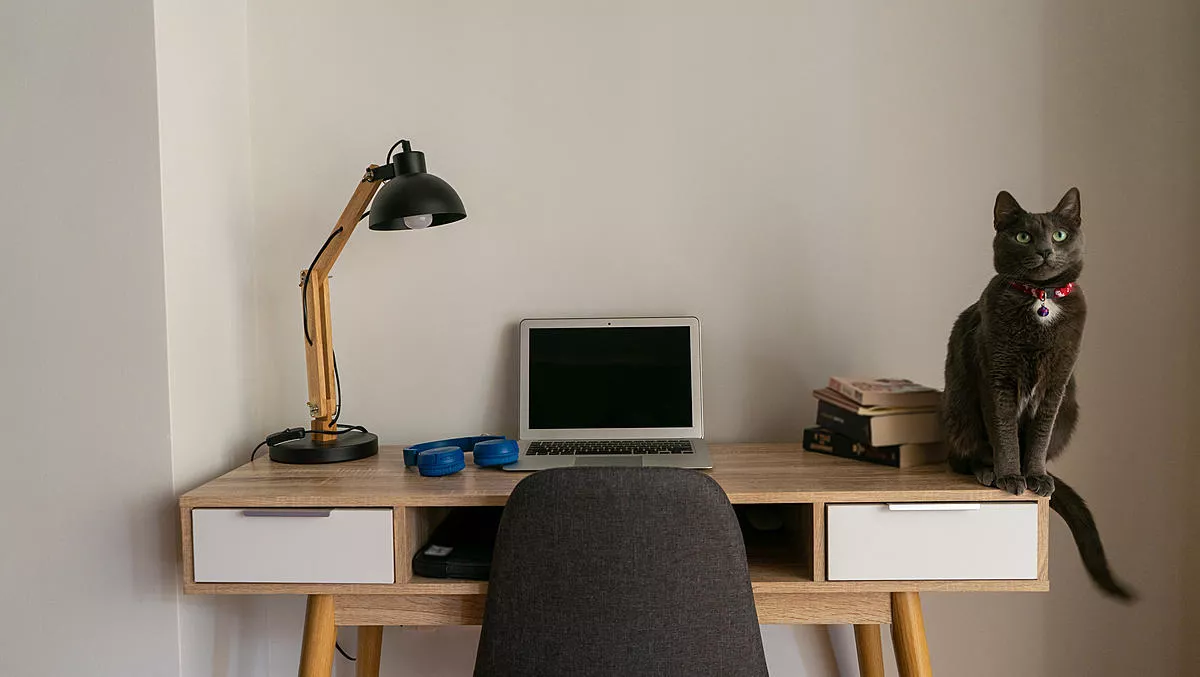
Google's 12 remote working tips for better productivity
Responsibility has taken on a new meaning lately as we quarantine ourselves in our homes with our families. In many cases, our laptops and day-to-day work has followed us home. This is the reality of remote working.
Google knows a thing or two about remote working and collaboration tools. It not only provides essential email clients like Gmail, but also provides Google Hangouts (a great option for chat and video calling), Google Drive and Google Docs for document creation and management, and even Google Chrome Desktop Remote. These services and more are available through Google's G Suite.
Here are Google's tips to successful remote working.
The beginning – setting your team up for remote work
1. Create different email lists for team members, as well as certain groups. For example, you might have one list for all staff, while another list could be specifically for the people who run sales, or marketing.
2. If you have any important documents, make sure that everyone can view and/or access them. You could create a shared work drive in Google Drive, in which all staff can access documents from any device.
3. Google Calendar is a useful tool to help create virtual meetings, events, and to see what others have scheduled for the day. Calendar invites can include attached documents, and links to video conference platform. Use it to schedule daily meetings, and to check if colleagues are free to talk.
The process of working remotely
4. Choose a 'spot' that's associated only with work – the kitchen table or bed are not the best locations because they tend to blend work with your home life, says Google's executive productivity advisor Laura Mae Martin.
5. Try 'one tab working' where you focus on one Chrome tab all the time. In video calls, minimise every other tab and focus on your conversation
6. Set boundaries – pick a time when you're done for the day.
Smile for the camera! Video call tips and tricks
7. Video calls can supplement your emails, chats, and shared documents by going into more detail. Google Hangouts has integrated video calling – a bonus if you already use Google Hangouts to chat with your colleagues.
8. The first step to good video calling is making sure your office/environment is set up correctly, says G Suite product marketing head Alexa Schirtzinger.
Choose a plain background and avoid windows that add far too much backlighting. You can also turn on captions, share presentations, and change the screen layout to focus on the people (or content) that really matters.
And make sure your device is steady!
"I once did an entire video call with my laptop on my … well, lap—and at the end, the other participant told me that the subtle wobbling of the screen was extremely distracting," says Schirtzinger.
Next step – understand how your remote workforce actually works
9. Google's Distributed Works Playbook is a study that aims to better understand how co-workers can collaborate when they are not together. It's not just a study that works for Google employees – it may also help all offices adapt to changes like working from home. Check out the playbook here.
Keep your business details up to date
With country-wide lockdowns, there's a good chance you've shut up shop for a while.
10. Don't forget to edit your hours of operation through Google My Business. Changes will take effect immediately.
11. Make sure you have contact information for your employees, clients, and vendors. You can also set up an auto-reply email with frequently asked questions.
12. If you're running advertisements on Google, you can choose to edit or pause your ads, or shift your ad budget to other locations.
All of these tips can help you adjust to remote working changes that will make business a little smoother during disruption.


